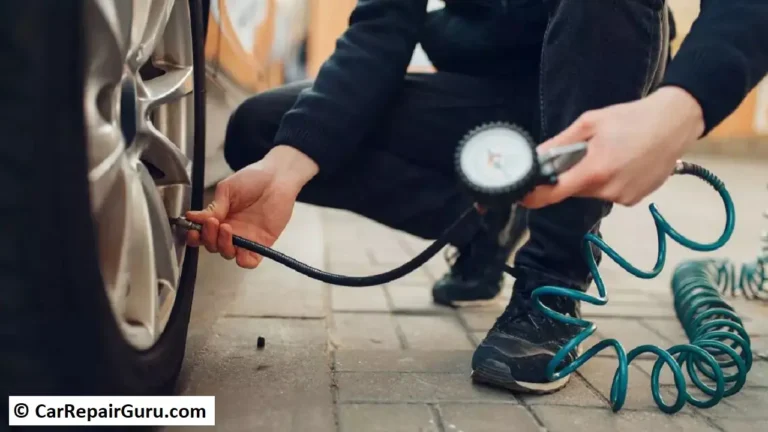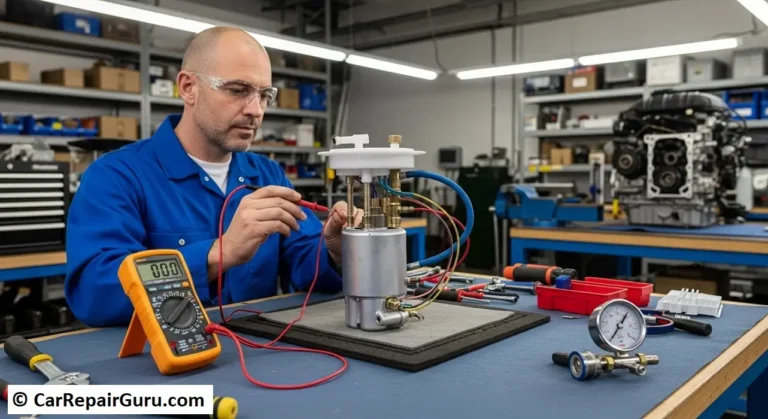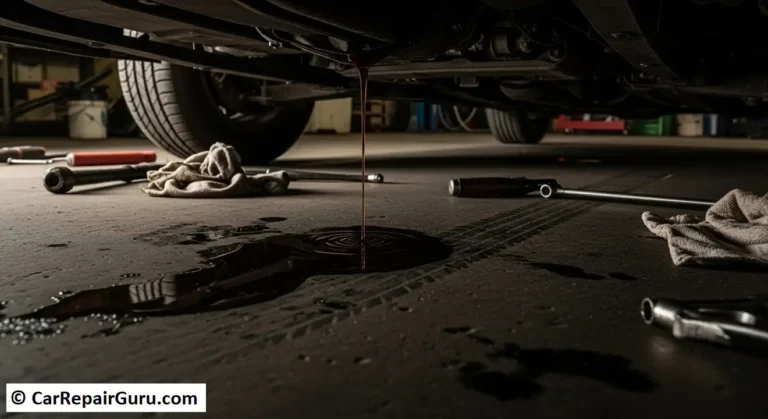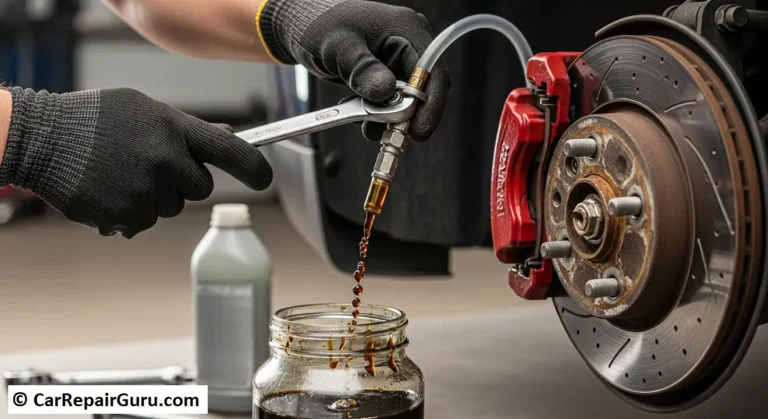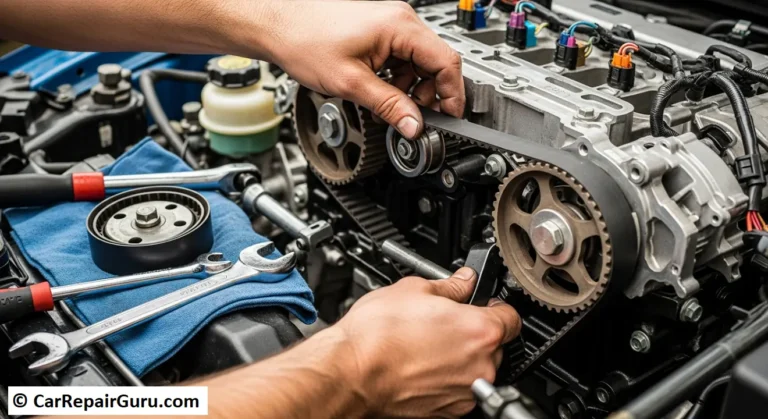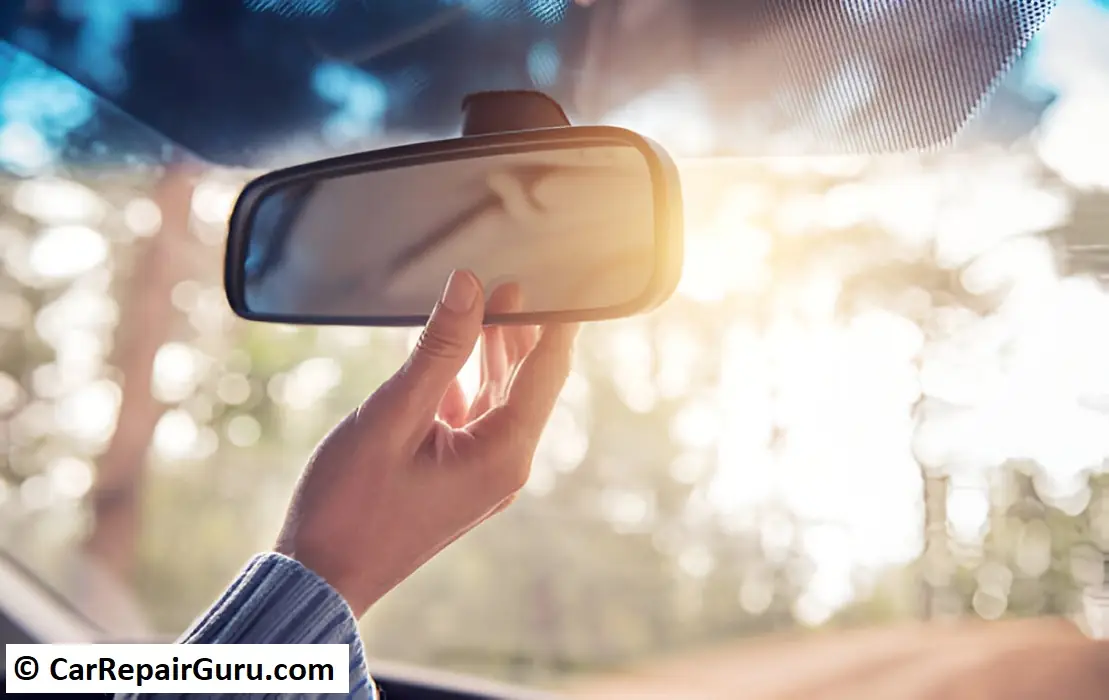
When it comes to safe driving, adjusting car mirrors is one of the simplest yet most overlooked practices. Properly positioned mirrors play a crucial role in enhancing visibility, reducing blind spots, and preventing accidents. Unfortunately, many drivers either neglect this step or don’t know how to adjust their mirrors correctly, leading to limited vision and increased risks on the road.
In this guide, we’ll explore the art of adjusting car mirrors, providing clear, step-by-step instructions for perfect positioning. You’ll also learn about common mistakes to avoid and discover advanced tips to maximize your field of view. Whether you’re a new driver preparing for your driving test or a seasoned motorist looking to improve your skills, these car mirror adjustment tips will set you on the path to safer and more confident driving.
By the end of this article, you’ll know exactly how to set up your car mirrors to minimize blind spots and drive more securely.
Understanding Vehicle Blind Spots
Blind spots are areas around your vehicle that cannot be seen through your rearview or side mirrors. These hidden zones pose significant risks, as they can obscure other vehicles, pedestrians, or obstacles, increasing the likelihood of accidents. For instance, a car lingering in your blind spot may go unnoticed during a lane change, leading to a dangerous collision.
Blind spots are a natural limitation of every vehicle, but their size and impact vary depending on your car’s design and how well your mirrors are adjusted. Improperly positioned mirrors can make these zones larger, leaving critical areas of your surroundings unseen.
When mirrors are angled incorrectly, such as when side mirrors show too much of your vehicle’s side, they fail to cover the road adequately. Similarly, a poorly adjusted rearview mirror can leave the rear field of vision fragmented, forcing you to rely on guesswork.
Adjusting your car mirrors correctly minimizes these hidden areas, giving you a wider and more accurate view of the road. Combined with shoulder checks, proper mirror positioning significantly enhances driving safety by reducing the chances of missing something crucial in your blind spots.
Taking the time to understand and address blind spots is essential for any driver aiming for safe, accident-free journeys.
Step-by-Step Guide to Adjusting Car Mirrors

Adjusting the Rearview Mirror
The rearview mirror is crucial for monitoring traffic directly behind you. To adjust it correctly, sit in your usual driving position and ensure the mirror captures the entire rear window without requiring you to move your head. Avoid angling the mirror toward yourself; it should provide a clear, unobstructed view of the road. A properly adjusted rearview mirror not only improves visibility but also helps in gauging the distance of vehicles approaching from behind. Regularly clean the mirror to maintain clarity, as smudges or dirt can distort your view.
Adjusting the Driver’s Side Mirror
Proper alignment of the driver’s side mirror is essential to reduce blind spots. Start by leaning your head against the driver’s side window. From this position, adjust the mirror so that you can see just a small sliver of your car’s side—this serves as a reference point while leaving most of the mirror’s surface focused on the road.
Once you return to your normal sitting position, you’ll notice the mirror provides a wider view of the adjacent lane rather than duplicating what the rearview mirror shows. This setup significantly reduces the blind spot on the driver’s side, making it easier to spot vehicles approaching from behind.
It’s a common mistake to angle this mirror inward, showing too much of your car’s body. This reduces visibility of the road and creates larger blind spots. Always remember, the less you see of your car and the more you see of the surrounding lanes, the better your coverage.
Adjusting the Passenger’s Side Mirror
Adjusting the passenger’s side mirror follows a similar method but from a different angle. Begin by leaning toward the center console, ensuring your head is positioned near the middle of the car. From this vantage point, adjust the mirror so you can just see the edge of your car’s body on the mirror’s inner edge.
When you return to your normal driving position, the mirror should provide a broad view of the lane to your right, helping you spot vehicles that might otherwise go unnoticed. This adjustment is particularly critical on multi-lane highways where cars often approach from the right side.
As with the driver’s side mirror, avoid angling the passenger’s side mirror too far inward. Doing so restricts your field of vision and increases the size of your blind spot on the passenger side. Regularly inspect and clean the mirror to maintain optimal visibility, especially during adverse weather conditions when fog or rain can obscure the glass.
By taking the time to adjust all three mirrors correctly, you can significantly enhance your situational awareness on the road. A proper setup reduces the risk of accidents and ensures a safer, smoother driving experience.
Common Mistakes in Car Mirror Adjustment
Adjusting car mirrors might seem straightforward, but several common mistakes can compromise your visibility and safety. Recognizing and avoiding these errors is key to maximizing your field of vision and reducing blind spots.
Overlapping Views Between Mirrors
One frequent mistake is setting your side mirrors to overlap significantly with your rearview mirror. While some overlap is inevitable, excessive duplication reduces the total area you can monitor. Each mirror should cover a unique zone: the rearview for directly behind, and the side mirrors for adjacent lanes. Properly adjusted mirrors minimize blind spots while ensuring full coverage of your surroundings.
Seeing Too Much of Your Own Car in Side Mirrors
Another common issue is angling side mirrors inward to show too much of your car’s body. Drivers often do this to use the car as a reference point, but this reduces the mirror’s effectiveness. When the side mirror displays a large portion of your car, it limits your view of adjacent lanes and increases the size of your blind spots. Aim to see only a small sliver of your vehicle to maintain proper orientation while maximizing road visibility.
Failing to Readjust Mirrors After Another Person Has Driven the Vehicle
If you share your car with others, failing to readjust your mirrors after someone else has driven can lead to dangerous visibility gaps. Always take a few moments to check and reconfigure your mirrors before driving to ensure they align with your specific seating position and height.
Avoiding these common mistakes ensures a safer, more confident driving experience.
Tips for Eliminating Blind Spots
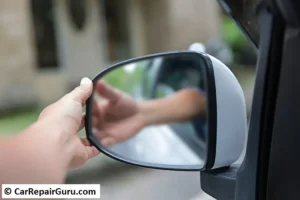
Blind spots can be a significant hazard while driving, but with the right techniques, you can minimize or even eliminate them. Here are practical tips to ensure maximum visibility and safety on the road.
Utilize the Overlap Technique to Expand Coverage
The overlap technique involves carefully adjusting your rearview and side mirrors to ensure seamless coverage of your surroundings. While your rearview mirror should capture the area directly behind your vehicle, the side mirrors should extend outward to cover adjacent lanes. Avoid excessive overlap between these mirrors; each should provide a unique view of the road. This setup ensures that no vehicle disappears entirely from your line of sight as it moves past you.
Regularly Check and Adjust Mirror Positioning
Changes in your seating position, adjustments to your car seat, or even slight bumps to the mirrors can misalign them. Make it a habit to check and adjust your mirrors before every drive, especially if someone else has used your car. Maintaining properly aligned mirrors reduces blind spots and enhances your ability to respond to surrounding traffic.
Incorporate Shoulder Checks to Ensure Safety
Even with perfectly adjusted mirrors, blind spots can still exist. Incorporating shoulder checks into your routine is essential. Before changing lanes or merging, quickly glance over your shoulder to confirm there’s no vehicle or obstacle in your blind spot. This simple action provides an additional layer of safety, compensating for any limitations in mirror coverage.
By using these tips—combining mirror adjustments with physical checks—you can eliminate most blind spots, stay aware of your surroundings, and make safer decisions while driving. Regular practice of these habits ensures a more confident and secure driving experience.
Advanced Mirror Features and Technologies
Modern vehicles are equipped with advanced mirror technologies designed to enhance safety and convenience. Two standout features are power side-view mirrors and turn signal repeaters integrated into mirrors.
Power Side-View Mirrors and Their Benefits
Power side-view mirrors are electronically adjustable, allowing drivers to fine-tune their mirror angles with the press of a button. This feature is especially useful when multiple drivers share the same vehicle, as mirrors can be quickly and precisely repositioned to suit individual preferences. Many power mirrors also include memory settings, enabling automatic adjustment to pre-programmed positions. Additionally, some power mirrors are heated, preventing fog or ice from obstructing your view in cold weather conditions.
Integration of Turn Signal Repeaters
Turn signal repeaters built into side mirrors are another innovation aimed at improving visibility and safety. These LED indicators alert other drivers and pedestrians to your intended direction, even when your vehicle’s main turn signals are not easily visible. This added layer of communication reduces the risk of collisions during lane changes, turns, or merging.
Advanced mirror features like these not only improve your driving experience but also contribute to overall road safety. As automotive technology continues to evolve, mirrors are becoming smarter, more versatile, and better equipped to support drivers in navigating complex traffic conditions.
Conclusion
Proper car mirror adjustment is a simple yet crucial step in ensuring safer and more confident driving. Correctly positioned mirrors significantly reduce blind spots, enhance situational awareness, and minimize the risk of accidents. However, they require regular checking and adjustment, especially after others have driven the vehicle. By combining proper mirror alignment with habits like shoulder checks and utilizing modern technologies, drivers can maximize their visibility and safety on the road. Take the time to perfect your mirror settings—it’s a small effort that yields substantial benefits for every journey.
Frequently Asked Questions
How often should I adjust my car mirrors?
It’s advisable to check and adjust your car mirrors every time you enter your vehicle, especially if someone else has driven it before you. Even small shifts in seating position or bumps to the mirrors can impact their alignment, so frequent checks ensure optimal visibility.
Can properly adjusted mirrors eliminate all blind spots?
No, properly adjusted mirrors significantly reduce blind spots but cannot eliminate them entirely. There will always be small areas outside the mirrors’ coverage. To compensate, always perform quick shoulder checks before changing lanes or merging to ensure no vehicles or obstacles are in those areas.
Are there tools available to help with blind spots?
Yes, several tools can assist in reducing blind spots. Blind-spot mirrors, which are small convex mirrors attached to your side mirrors, provide a broader field of view. Additionally, many modern vehicles are equipped with Advanced Driver-Assistance Systems (ADAS) that include blind-spot detection, providing warnings if another vehicle is in your blind spot.
What should I do if my car mirrors don’t provide sufficient visibility even after adjustments?
If you still experience limited visibility despite proper mirror adjustments, consider installing auxiliary mirrors, such as blind-spot mirrors. You can also consult a professional to ensure your mirror positioning aligns with best practices. If your vehicle has significant design limitations, upgrading to a car with advanced mirror features or ADAS might be worth considering.
